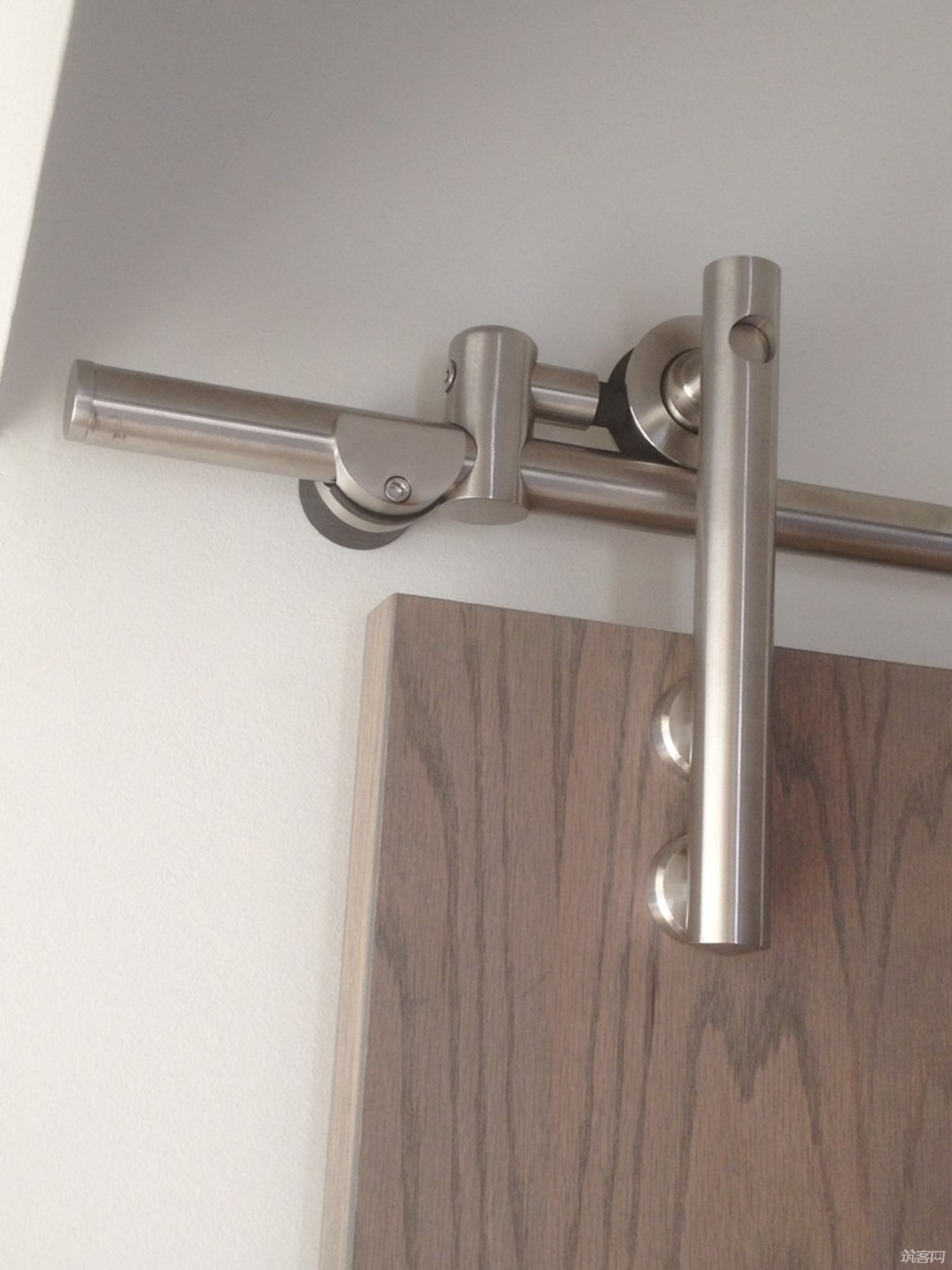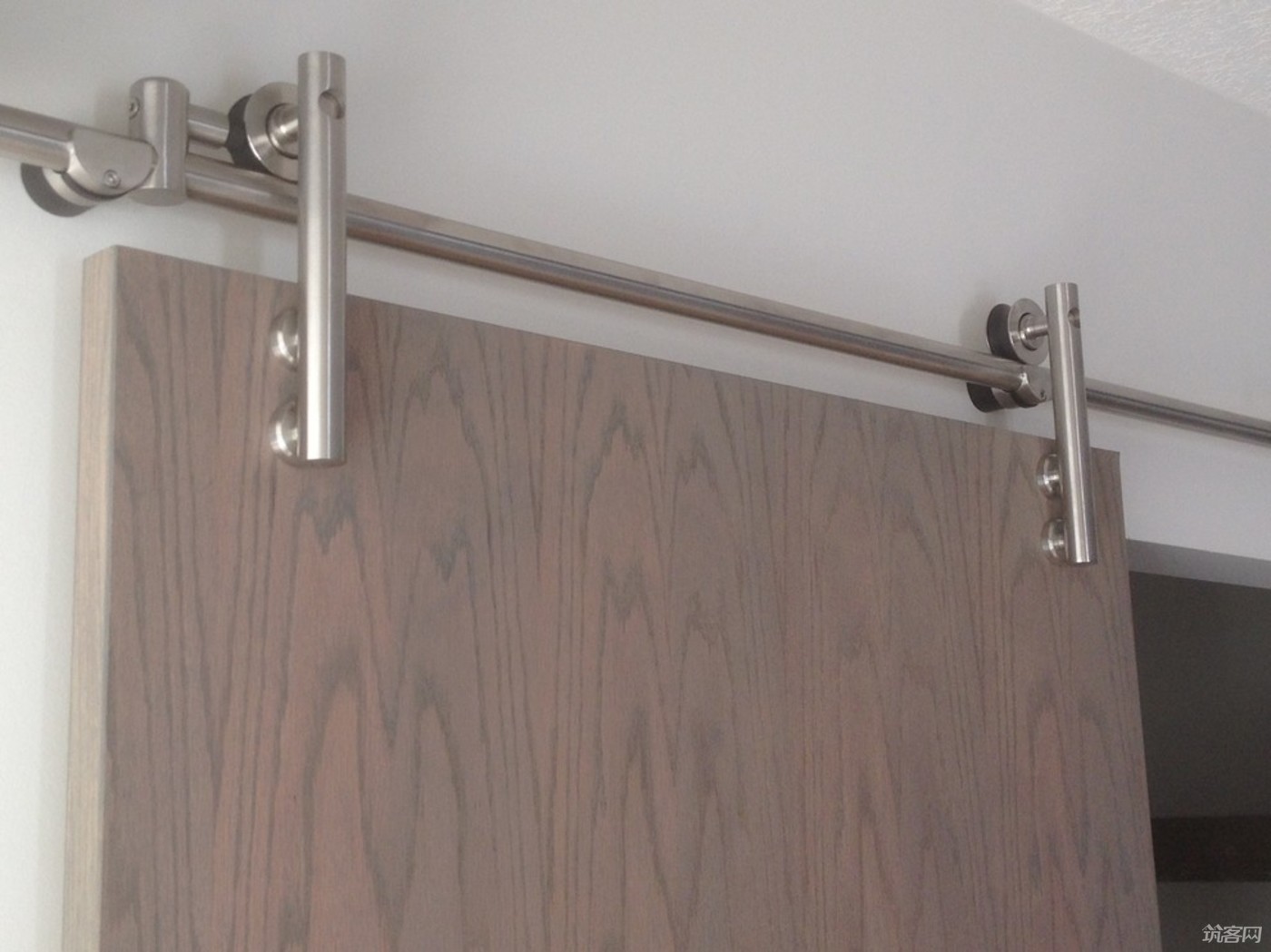Custom Hardware Sample Development
The process of custom hardware sample development involves several key stages. Firstly, the concept design stage, where the overall design and functionality of the hardware are defined. This is followed by the schematic design stage, where the electrical connections and components are represented on a drawing. The next stage is PCB (Printed Circuit Board) design, where the schematic design is realized by transferring it onto a circuit board. Then comes the testing stage, where the developed hardware is put through rigorous testing to ensure its performance and reliability. The final stage is the deployment stage, where the hardware is released to be used in the field. This entire process requires a team of experts who work together to ensure that the final product meets all specifications and standards.
The process of creating custom hardware samples is essential for any product design or engineering project. These samples provide a physical representation of the design, allowing stakeholders to visualize and evaluate the potential product before it is fully developed. In this article, we explore the importance of custom hardware samples and how they can benefit your project.

Firstly, custom hardware samples enable a clear understanding of the design concept. By providing a three-dimensional model, samples enable everyone involved in the project to visualize the design in a way that is easier to understand. This ensures that there is a common understanding of the product among all stakeholders, reducing the likelihood of errors or misunderstandings.
Secondly, samples provide an early warning system for potential problems. By creating a physical model, you can identify and address any issues or weaknesses in the design before it is too late. This could include structural weaknesses, manufacturing challenges, or compatibility issues. By addressing these early on, you can save time and money in the long run.
Thirdly, custom hardware samples enable you to test and refine the design. With a physical model, you can conduct user tests or usability studies to gain feedback on the design. This allows you to make necessary adjustments or improvements before the product is finalized. As a result, you can ensure that the final product meets the needs and expectations of your target audience.
Fourthly, samples act as a communication tool between designers and manufacturers. By providing a physical model, designers can communicate their ideas more effectively to manufacturers, reducing the need for multiple revisions or adjustments. This ensures that the manufacturing process runs smoothly and efficiently, reducing delays and costs.

Lastly, custom hardware samples provide a cost-effective way to evaluate the design. By creating a physical model, you can evaluate the viability of the design without having to commit to full-scale production. This allows you to make changes or improvements based on feedback from stakeholders or users, ensuring that the final product is the best it can be.
In conclusion, custom hardware samples play a crucial role in any product design or engineering project. They enable a clear understanding of the design concept, provide an early warning system for potential problems, enable testing and refinement of the design, act as a communication tool between designers and manufacturers, and provide a cost-effective way to evaluate the design. By taking advantage of these benefits, you can ensure that your project runs smoothly and efficiently, delivering a superior product in the end.
Articles related to the knowledge points of this article:
Custom Hardware for Cabinets: The Quintessential Guide
Custom wardrobe hardware recommendations
Brand-Specific Hardware for Custom Home Design
Title: Design and customization of metal hardware support systems
Customized Hardware for Entire House: Providing a Personalized Touch to Your Home



